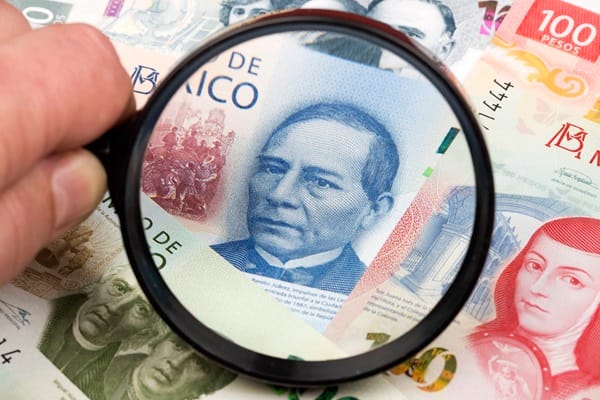The Mexican peso strengthened against a weakened dollar in a context of growing uncertainty over the U.S. presidential election.
The USD/MXN pair fell by more than 1%, while respecting the 20 pesos per dollar level in the interbank market.
This movement reflects both market sentiment toward a weaker dollar and the expectation of a monetary normalisation stance by the Federal Reserve, which will announce a 25 basis points rate cut this week following a more aggressive adjustment in September.
Electoral uncertainty in the United States has been a key factor in the recent appreciation of the peso. Recent polls show Vice President Kamala Harris narrowing the gap with former President Donald Trump in key states, which could significantly impact the future direction of the dollar and, consequently, the Mexican peso.
Should Harris prevail in the election, it’s likely that the Federal Reserve could maintain a more moderate tone focused on normalization, which could provide additional support for the Mexican currency. Conversely, a Trump victory might heighten inflationary pressures due to his fiscal and trade policies, leading the Fed to reduce the rate cuts and increase volatility in foreign exchange markets.
Regarding the local economy, Mexico’s situation continues to show mixed signals. Fixed capital investment fell by 1.9% in August, with a 4% monthly decline in construction, tempering the optimism generated by relatively positive third-quarter growth data and trade balance results. This combination of news has led to a relatively stable peso, which continues trading around 20 pesos per dollar, with investors watching the upcoming developments in both the U.S. political landscape and Fed monetary policy decisions.
Looking ahead, the outlook for the Mexican peso will largely depend on the U.S. election outcome and the Fed’s stance. A Trump re-election could pose a significant trade challenge for Mexico, while a Harris victory might offer some relief due to the anticipateddollar depreciation. In this context, investors are re-evaluating their positions, which is reflected in the volatility of dollar transactions against other global currencies.








